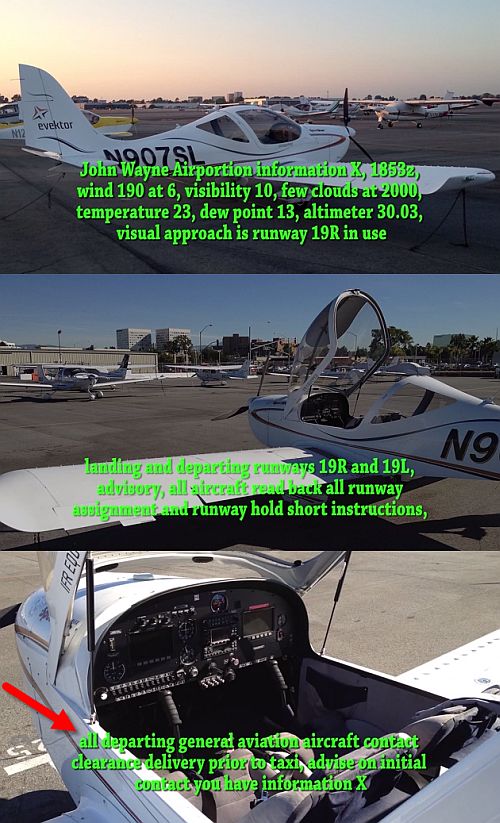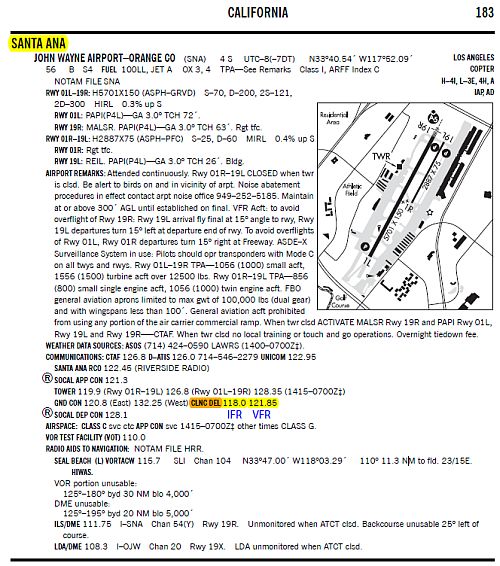I'm inexperienced and unclear of your intent. What does this mean?
My intent was to illustrate that what JimNtexas is receiving from Austin clearance delivery does not fit the definition of a clearance. From the Pilot/Controller Glossary:
AIR TRAFFIC CLEARANCE− An authorization by
air traffic control for the purpose of preventing
collision between known aircraft, for an aircraft to
proceed under specified traffic conditions within
controlled airspace. The pilot-in-command of an
aircraft may not deviate from the provisions of a
visual flight rules (VFR) or instrument flight rules
(IFR) air traffic clearance except in an emergency or
unless an amended clearance has been obtained.
Additionally, the pilot may request a different
clearance from that which has been issued by air
traffic control (ATC) if information available to the
pilot makes another course of action more practicable
or if aircraft equipment limitations or company
procedures forbid compliance with the clearance
issued. Pilots may also request clarification or
amendment, as appropriate, any time a clearance is
not fully understood, or considered unacceptable
because of safety of flight. Controllers should, in
such instances and to the extent of operational
practicality and safety, honor the pilot’s request.
14 CFR Part 91.3(a) states: “The pilot in command
of an aircraft is directly responsible for, and is the
final authority as to, the operation of that aircraft.”
THE PILOT IS RESPONSIBLE TO REQUEST AN
AMENDED CLEARANCE if ATC issues a
clearance that would cause a pilot to deviate from a
rule or regulation, or in the pilot’s opinion, would
place the aircraft in jeopardy.



